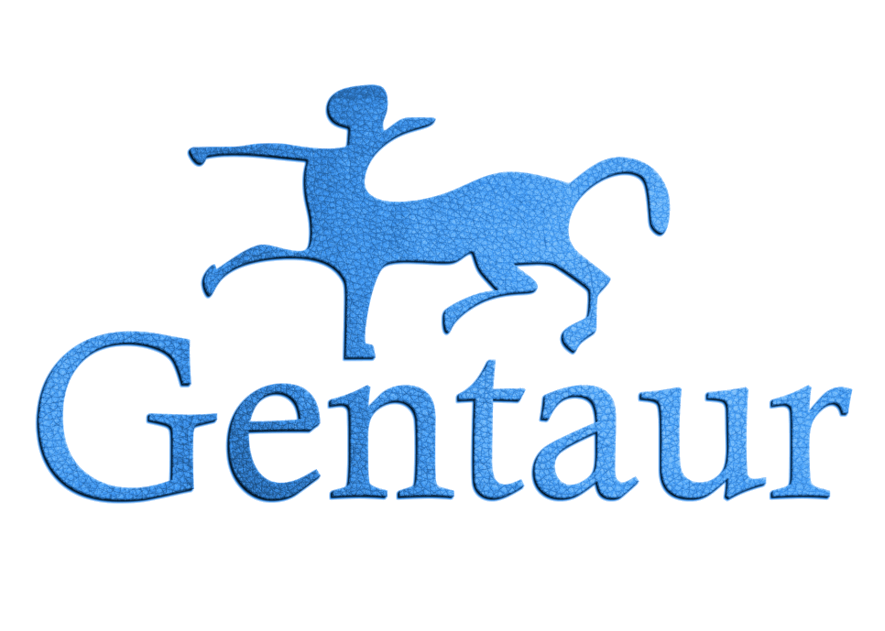Mouse Monoclonal IgG2a + IgG1 Basal Cell Marker Cocktail 1, p63 Protein + HMW Cytokeratin
#
-
Catalog numberBAS001-0.5
-
Price:Ask for price
-
Size0.5 ml
-
-
AvailabilityPlease contact us to check the availability
-
ImmunogenRecombinant human p63 protein (aa 1-205) and cytokeratin extract of human stratum corneum
-
Specificitynuclear p63 and cytoplasmic high molecular weight cytokeratins
-
Species reactivityHuman
-
Product presentationAntibody solution in stabilizing phosphate buffer pH 7.3. Contains 0.09 % sodium azide**. The volume is sufficient for 125-250 immunohistochemical tests (100 µl working solution / test). Use appropriate antibody diluent e.g. Gentaur Art .No. PU002.
-
Product categoryPrimary Antibodies
-
Antibody s raised inMouse
-
Antibody s isotypeIgG2a + IgG1
-
Antibody s clone4A4 + 34ßE12
-
Product is supplied asliquid concentrate
-
Recommended concentration for use1:25-1:50
-
Protein concentrationSee the included datasheet
-
Positive controlNormal prostate tissue or skin
-
PretreatmentUse formalin-fixed and paraffin-embedded sections; Retrieval conditions: Unmasking fluid T, TEC buffer (Tris/EDTA/Citrate) pH 8 (Art. No. DE005) in a pressure cooker at 100°C 20-40 minutes
-
Tested applicationsIHC(P)
-
Recommended secondary reagentWe recommend the use of Gentaur's Universal Staining System DAB (Art. No. DA005) or AEC (Art. No. AE005), but also other staining systems including anti-mouse IgG will be suitable
-
Storage methodStore at 2-8°C
-
UniProt numberGo to UniProt/SwissProt
-
Litterature1. Signoretti S., Waltregny D., Dilks J., Isaak B., Lin D., Garraway L., et al. (2000) p63 is a prostate basal cell marker and is required for prostate development. Am J. Pathol. 157; 1769-1775. 2. Weinstein M.H., Signoretti S., and Loda M. (2002) Diagnostic utility of immunohistochemical staining for p63, a sensitive marker of prostatic basal cells. Mod. Pathol. 15(12); 1302-1308 3. Yang X.J., Lecksell K., Gaudin P., and Epstein J.I. (1999) Rare expression of high-molekular-weight cytokeratin in adenocarcinoma of the prostate gland: a study of 100 cases of metastatic and locally advanced prostate cancer. Am. J. Surg. Pathol. 23(2); 147-152. 4. Browne TJ, Hirsch MS, Brodsky G, Welch WR, Loda MF, Rubin MA. Prospective evaluation of AMACR (P504S) and basal cell markers in the assessment of routine prostate needle biopsy specimens. Hum Pathol. 2004 Dec;35(12):1462-8. 5. Jiang Z, Li C, Fischer A, Dresser K, Woda BA. Using an AMACR (P504S)/34betaE12/p63 cocktail for the detection of small focal prostate carcinoma in needle biopsy specimens. Am J Clin Pathol. 2005 Feb;123(2):231-6.
-
Tips*Gentaur's antibodies are intended for in vitro research use only. They must not be used for clinical diagnostics and not for in vivo experiments in humans or animals. ** The preservative sodium azide is known to be poisonous and potentially hazardous to health. It should be handled only by trained staff. Despite of the product's low azide concentration it must be handled with care. Dispose according to regional rules!
-
DescriptionFor cells, cell lines and tissues in culture till half confluency.
-
AboutMonoclonals of this antigen are available in different clones. Each murine monoclonal anibody has his own affinity specific for the clone. Mouse monoclonal antibodies are purified protein A or G and can be conjugated to FITC for flow cytometry or FACS and can be of different isotypes.
-
TestMouse or mice from the Mus musculus species are used for production of mouse monoclonal antibodies or mabs and as research model for humans in your lab. Mouse are mature after 40 days for females and 55 days for males. The female mice are pregnant only 20 days and can give birth to 10 litters of 6-8 mice a year. Transgenic, knock-out, congenic and inbread strains are known for C57BL/6, A/J, BALB/c, SCID while the CD-1 is outbred as strain.
-
Latin nameMus musculus
-
Gene target
-
Gene symbolCFAP97, CSPG4
-
Short nameBioprime
-
TechniqueMouse monoclonal, Mouse, Component cell markers and DNA bp. markers are genetic markers er genes or DNA sequences with a known location on a chromosome that can be used to identify individuals or species. Protein markers in kDA. Monoclonals or monoclonal antibodies, mouses, mouse monoclonals
-
Hostmouse monoclonal, Murine monoclonal antibodies or Mabs are often conjugated and the isotype is IgG.
-
IsotypeIgG1, IgG2a
-
SpeciesMouse, Mouses
-
Alternative nameBasal Cell Marker Cocktail 1, p63 Protein + HMW Cytokeratin
-
Alternative techniquemurine
-
Tissuecell
-
Gene info
-
Identity
-
Gene
-
Long gene namecilia and flagella associated protein 97
-
Synonyms gene
-
Synonyms gene name
- KIAA1430
-
Synonyms
-
GenBank acession
-
Locus
-
Discovery year2004-04-21
-
Entrez gene record
-
Pubmed identfication
-
RefSeq identity
-
Classification
- Cilia and flagella associated
-
VEGA ID
Gene info
-
Identity
-
Gene
-
Long gene namechondroitin sulfate proteoglycan 4
-
Synonyms gene name
- chondroitin sulfate proteoglycan 4 (melanoma-associated)
-
Synonyms
-
Synonyms name
-
GenBank acession
-
Locus
-
Discovery year1997-11-28
-
Entrez gene record
-
Pubmed identfication
-
RefSeq identity
-
Classification
- Proteoglycans
-
VEGA ID

